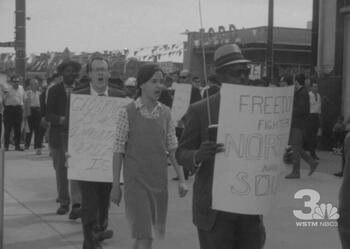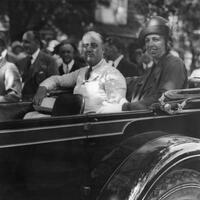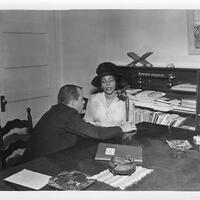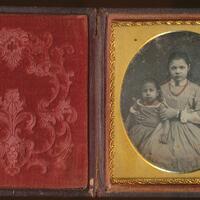Syracuse Television News Film Collection
Collection Owner:
Cover Image:

Congress of Racial Equality protest in front of Niagara Mohawk building (May 6, 1965 6PM WSYR Broadcast) - Image Source
Collection Facts
Extent:
59
Dates of Original:
1965 - 1972
Browse within this collection
By Subject:
Creator Attribution:
Browse similar collections
NYH Topic Areas:
Collection Type:



